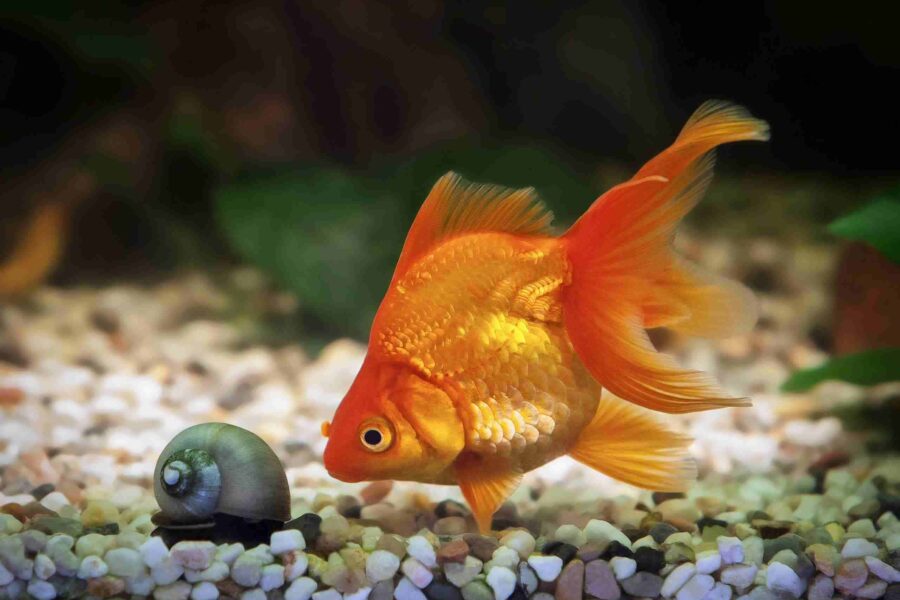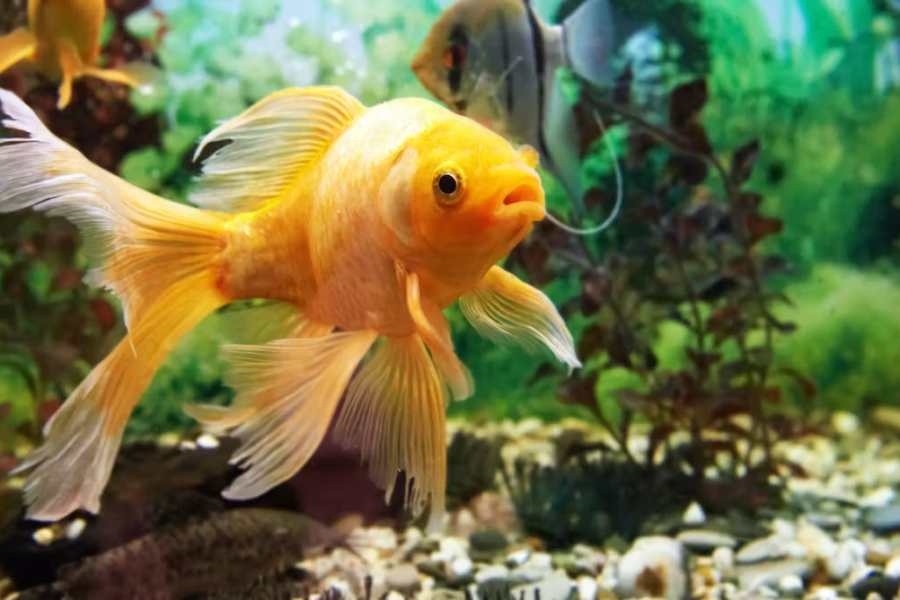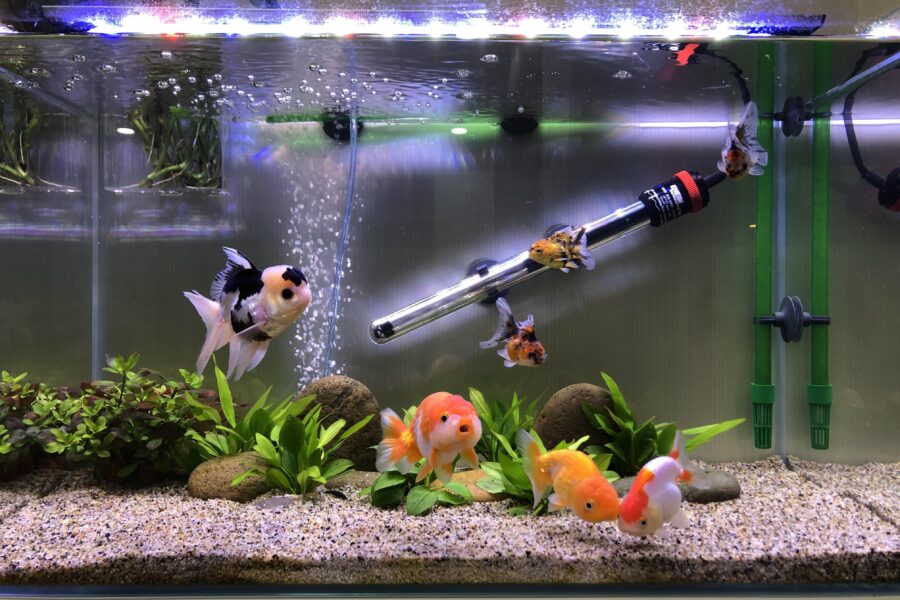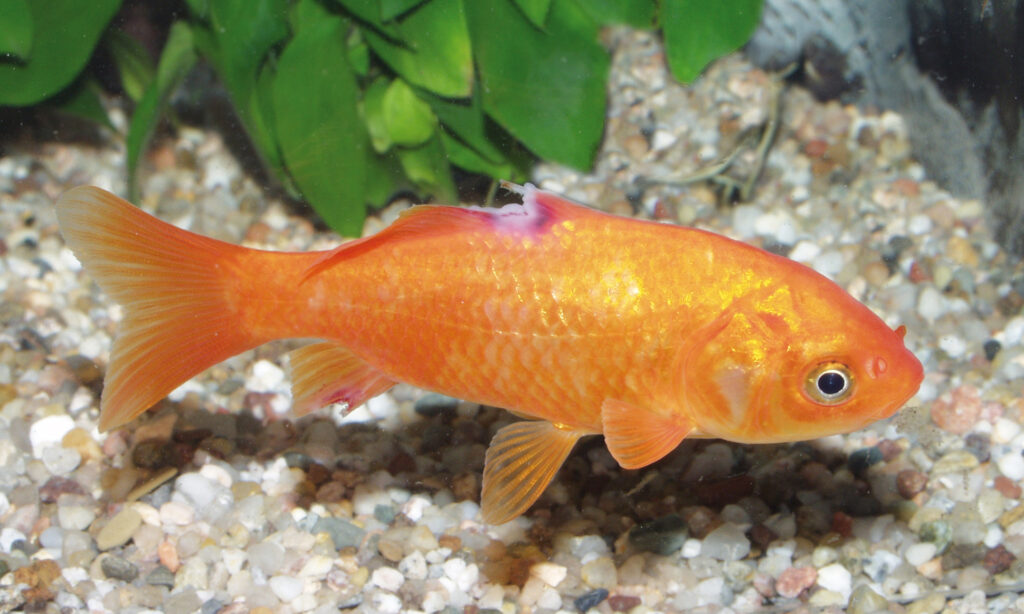
Let’s dive into the fascinating and occasionally prickly world of ulcers in goldfish. Wrapped in a layer of mystery, these tiny red spots are more than just a fashion faux pas on your goldfish’s sleek figure.
While they may look like tiny red badges of courage, ulcers are a headache (or tail-ache) to deal with. Grappling with the question of ‘disease versus water quality’ will lead us deeper into the belly of the beast. Strap on your detective hats and join us as we navigate this fishy predicament!
Unraveling the Truth about Ulcers in Goldfish
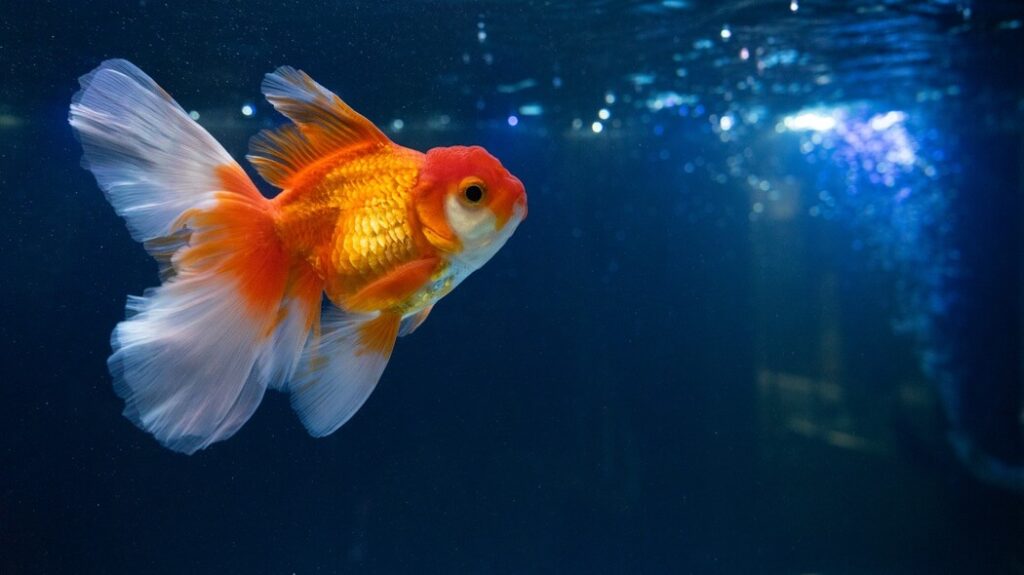
Gargling goldfish feed in your fishbowl may give you a soothing vibe at home. But what happens when these peaceful beings are troubled by something as seemingly benign (or in some cases, not so benign) as ulcers? Let’s deep dive into learning more about these ulcer-y troubles for our water-dwelling buddies.
The True Nature of Goldfish Ulcers
Goldfish ulcers are not a simple pothole-like deformity on your fish’s shiny skin. These are, in fact, bacterial infections, majorly caused by Aeromonas bacteria, giving your fish a red, open sore. A bit icky, huh? Yet, it’s essential to be aware of these issues so we can help our gilled friends swim happily!
How Ulcers Affect Goldfish Health
Imagine trying to breathe while wearing a fishbowl on your head. Uncomfortable, right? That’s how a goldfish with ulcers feels. It’s not a minor glitch; it affects the health of a goldfish considerably. Ulcers cause difficulty in swimming and loss of appetite, leading to weakened immunity, making them more vulnerable to additional infections.
Whew, that’s some pretty heavy stuff, huh? Don’t worry too much though. With some understanding of the causes, symptoms, and effective treatments, you can quickly tackle any issues head-on. There’s hope, folks, so hang tight! Up ahead, we’ll be diving into the less-than-romantic causes of these ulcerous unpleasantries.
Understanding Causes of Ulcers in Goldfish
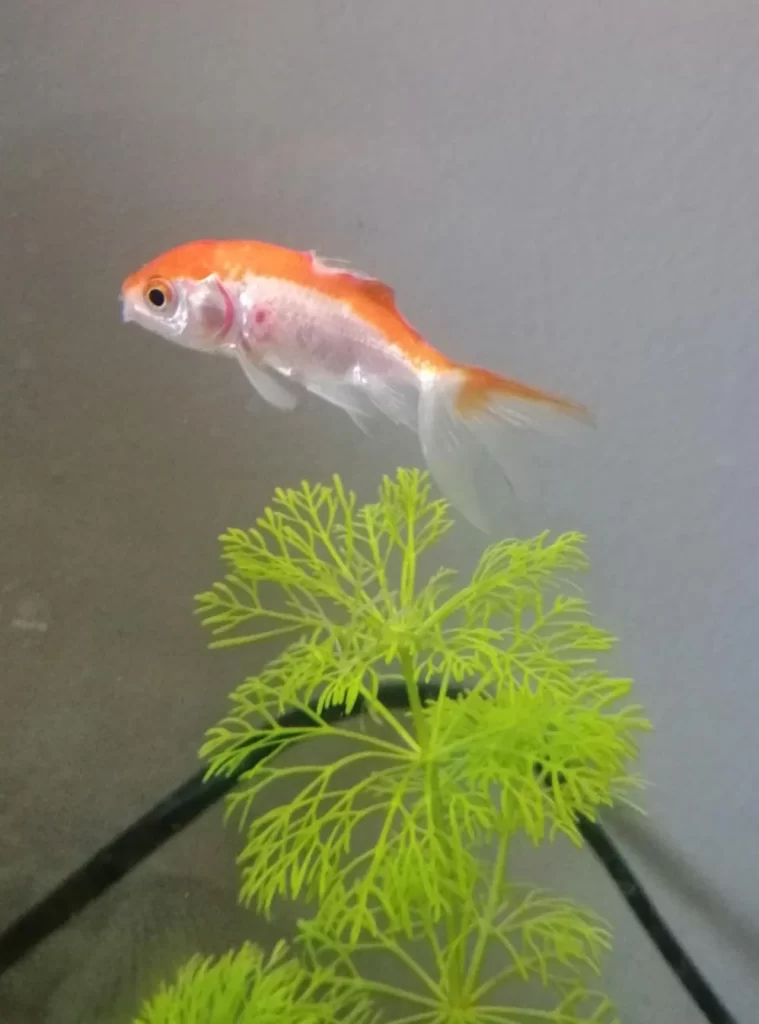
Ever wondered about those weird spots on your goldfish’s body? Yes, we are talking about ulcers. They’re not just “fishy” fashion statements; ulcers are symptoms of an underlying health condition. Let’s dive into the causes.
Tracing the Ulcers Back to Their Root Cause
You see, goldfish are not that different from us humans when it comes to getting sick. Just like we catch a cold, our scaly buddies can contract bacterial infections too. The primary villain here is an insidious bacteria, Aeromonas, which loves to invade weakened or injured scales of the goldfish, causing ulcers. So, everytime you notice an ulcer, play your favorite detective theme in the background and trace that affliction back to Aeromonas.
Knowing the Difference: Disease vs Water Quality
Hold onto your fishnets, folks! Here’s where things get tricky. Not all ulcers are signs of a bacterial invasion. Sometimes, poor water conditions or a drop in the quality can cause ulcers too. Yep, just like bad air quality gives us allergies, poor water quality can lead to sick goldfish. So, knowing the difference between actual disease and environmental issues could save you and your finned friend from unnecessary stress.
Now that we know what causes ulcers in goldfish, how do we identify some ‘under the surface’ symptoms? It’s time to double down on our fishy medical degree with the next chapter: Goldfish Ulcer Symptoms: More Than Meets the Eye. Perk up those gills, my fish-loving friends, things are about to get interesting.
Goldfish Ulcer Symptoms: More Than Meets the Eye
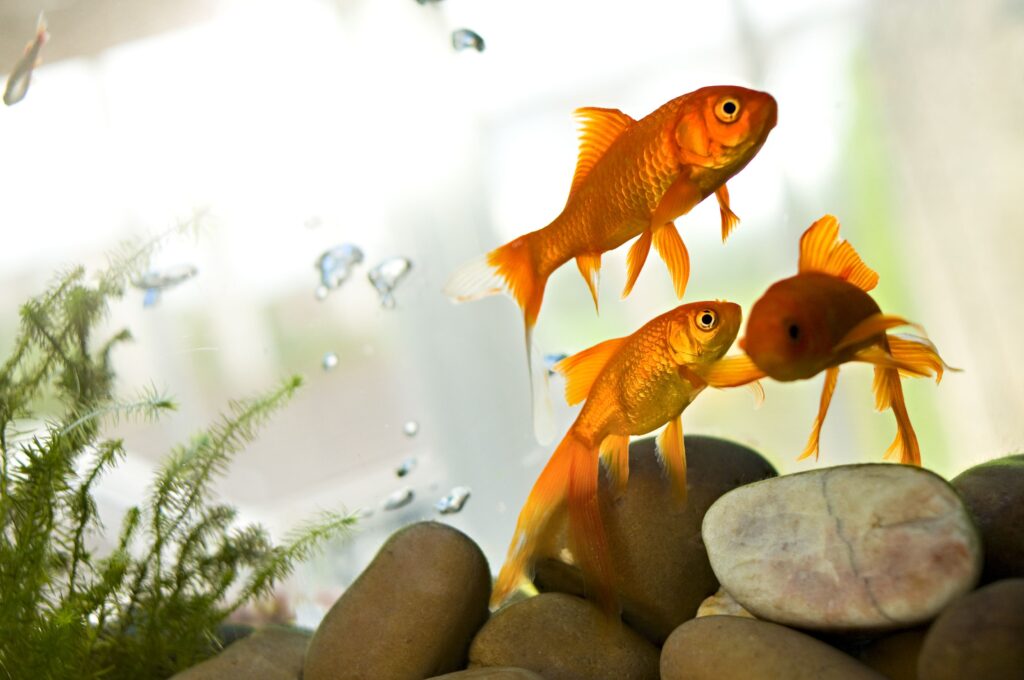
Slide on those glasses, Sherlock, because it’s time to hunt for clues. Under this peculiar-looking magnifying glass, you’d be amazed by what you can uncover. Yes, we’re still talking about your pet goldfish!
Identifying the Visible and Invisible Symptoms
The classic sign of an ulcer in goldfish? An open, red sore. This is more than just a nasty zit that popped up overnight. But first, can we just agree that a goldfish version of Dr. Pimple Popper does not sound appealing? Anyway, these sores often occur around the gills, fins, or body. Yet, other invisible signs could be lurking below the surface. Maybe your finned friend is acting like a fish out of water—literally. If they’ve stopped swimming gracefully but rather crash into stones or plants, that’s a symptom. Does it look like they’re losing their glitter? A decrease in color vibrancy is another red flag. Keep an eye out!
How to Tell If Your Goldfish Is Suffering
Now is the time to channel your inner aquatic therapist skills. Your goldfish can’t merely look up at you and squeak, “I’m not feeling too fin-tastic.” So you must be astute. Changes in appetite, behavior, or even their pooping schedule (yes, fish poop) are all vital signs to recognize. Is your goldfish less active? Is it refusing that tasty goldfish chow you serve every morning?
And that’s section three. No need to feel overwhelmed just yet. You now know the signs and symptoms to look out for. And remember, it’s not a death sentence. With your newfound knowledge, you are ready to tackle this issue head-on. Up next: we dive into the pool of resolutions while battling these pesky ulcers. Let’s get wet and wild, shall we? (Well, as wild as disciplined fish care can be, of course!)
Balancing the Pool: Management and Remedies
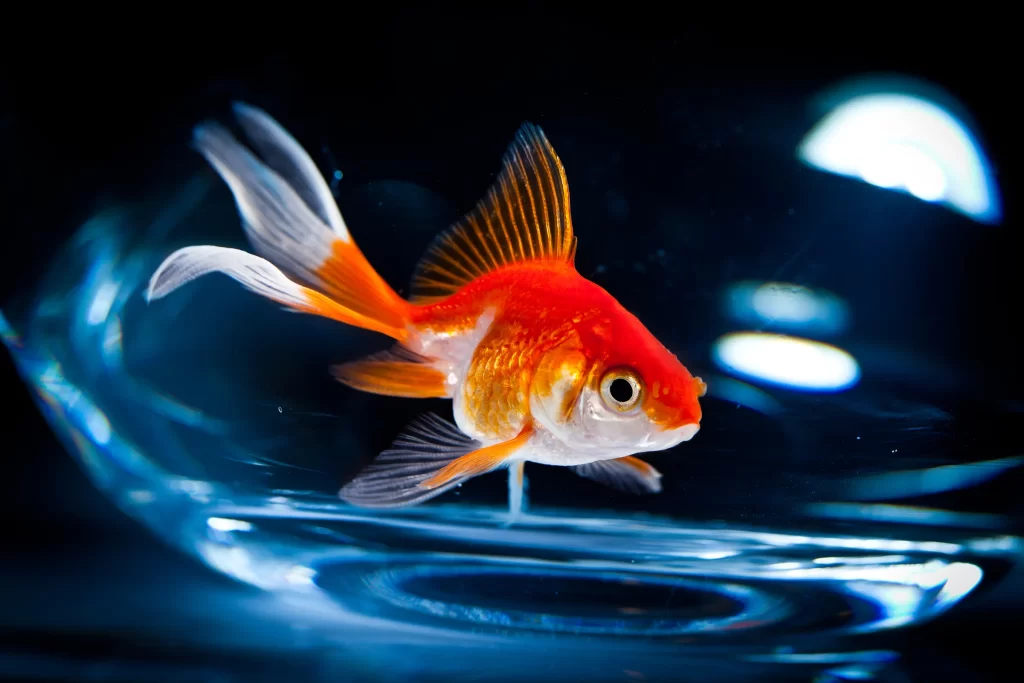
Water, in its purity, is both a lifeline and a blissful sanctuary for your goldfish. However, the unnoticed impurities can turn this paradise dangerous. It’s a vital call to ensure a balanced and clean aquatic environment for your little swimming companions.
Preventive Measures to Reduce Ulcer Risk
All good things start with prevention, right? Well, reducing ulcer risk is no exception. Maintain a clean habitat, keep an eye out for any signs of ulcers, and take action early. Cutting corners in care could be a death sentence for your scaled friend. Cleaning the tank regularly, investing in a good filtration system, and monitoring water pH and temperature are small actions that carry big impacts. Looking after your fish’s diet is crucial too; after all, you are what you eat!
Now, let’s go deeper into the treatment zone for ulcers in goldfish.
Treating an Ulcer Ailment: Medication and Lifestyle Changes
Discovered an ulcer on your goldfish? Don’t panic. Respond promptly yet calmly. There’s a plethora of effective remedies available to ensure your goldfish heals correctly.
- Antibiotics: Over-the-counter or prescription Melafix can be effective in treating bacterial infections, often the cause behind ulcers in goldfish. Consult with your vet about the right dosage and treatment duration.
- Aquarium Salt: Aquarium salt can serve as a natural remedy for minor ulcers. Dissolve non-iodized salt (aquarium salt) in the tank water. Generally, a ratio of 1-3 teaspoons per gallon is recommended, but always refer to specific guidelines or consult a vet.
- Medicated Food: Some vets might prescribe medicated food. This ensures that the medication directly enters the goldfish’s system, targeting internal infections.
- Antimicrobial Baths: Available at most pet stores, these treatments are designed specifically for fish with ulcers or other bacterial infections.
Post-treatment, it’s vital to place your goldfish in an optimal environment:
- Water Quality: Ensure the water parameters – pH, ammonia, nitrite, and nitrate levels – are in check. Regularly change a portion of the tank water and use a good quality water conditioner.
- Peaceful Tank Mates: Avoid aggressive or fin-nipping fish that might stress or further harm your goldfish.
By taking these steps, not only have you addressed the immediate concern of the ulcer, but you’ve also initiated a long-term plan for a healthier goldfish habitat. Now, let’s focus on creating an even more thriving environment for your aquatic friend!
Fostering a Healthy Environment for Your Goldfish

After arresting the problem of ulcers, your next target should be to systematize an environment which shouts health! Let’s split this into creating the right habitat and making regular health checks a part of your routine.
Creating a Conducive Habitat
Maintaining the effervescence of your water baby starts by creating a conducive habitat. It means providing clean water, a balanced diet, and a stress-free environment. Cleanliness cannot be overstressed. Change at least 10% of the tank water weekly.
The meals you serve your goldfish should be all-inclusive. Yes, like an open buffet, but for nutrients. It should cover up proteins, carbohydrates, vitamins, and minerals. Now diet doesn’t have to be boring. Revolve their meals between flakes, live food, and veggies. Variety is the spice of life, after all!
Avoid overcrowded tanks. Goldfish need their private space too. Overcrowding can cause stress and increase waste levels, facilitating ulcers’ return.
Regular Health Check-Ups and Vigilance
Now, let’s discuss regular health check-ups and vigilance. It doesn’t mean you’ll need a mini stethoscope or a microscope though. Body checks for color changes, activity levels, appetite, and bathroom habits can flag health issues early. Action prompto is way better than a lengthy treatment phase.
While these steps could feel overwhelming, remember that slow and steady wins the race. It’s about adding these nucleus tasks into your routine, gradually making it second nature.
Wrap Up
Unraveling the truth about ulcers in Goldfish reveals a challenging issue that necessitates understanding its nature and how it impacts fish health. Addressing causes, especially distinguishing water quality problems from disease, and tracing the ulcers back to their roots become paramount.
Moreover, recognizing visible and invisible symptoms hinting at your Goldfish’s distress is crucial. Importantly, maintaining balance in the pool requires preventive measures, medication, lifestyle changes, and fostering a healthy environment. Regular health checks and vigilance will go a long way in ensuring that your Goldfish lead a healthy, ulcer-free life.
Frequently Asked Questions (FAQ)
Question: What are the main causes of ulcers in goldfish?
Answer: The main causes of ulcers in goldfish are poor water quality, nutritional deficiencies, and bacterial infections.
Question: How can I tell if my goldfish has an ulcer?
Answer: Visible signs of ulcers in goldfish include red sores, loss of scales, and unusual swimming behavior.
Question: How are ulcers treated in goldfish?
Answer: Goldfish ulcers are typically treated with a combination of antibiotics, antifungal agents, and improved water quality maintenance.
Question: Can ulcers in goldfish be prevented?
Answer: Yes, maintaining high water quality, providing a balanced diet, and reducing stress can help prevent the occurrence of ulcers.
Question: What should I do after my goldfish recovers from an ulcer?
Answer: Post-recovery, ensure your goldfish’s environment remains clean, well-maintained, and stress-free. Regular health check-ups are also advised to prevent a recurrence of the ulcers.

